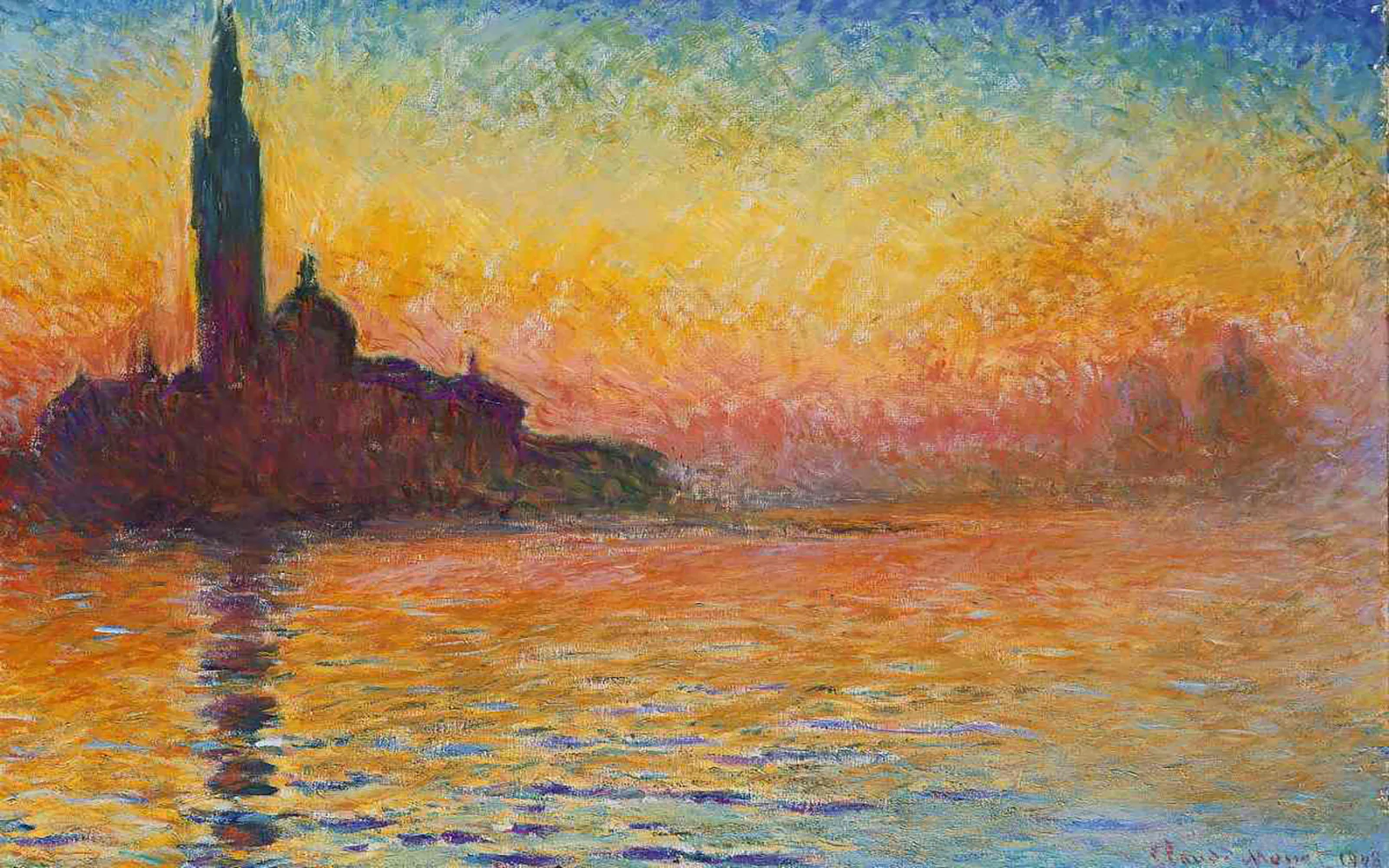
WHAT’S IN THE SHADOWS?
What Artists like Monet, Renoir, Jacob Lawrence, and Other Masters Teach Mystery Writers about Crafting Villains
NOTE: This article is a republication- Source: Crime Reads (by Patricia Raybon).
We can thank the mistake. It’s the core reason why Claude Monet—the famed French impressionist painter—came to master his iconic depiction of shadows. For mystery writers, the “error” is especially instructive given our challenge to create the most shadowy of mystery characters: the villain.
Monet was flirting with the shady side, indeed, when he and Pierre-Auguste Renoir sneaked away from the claustrophobic confines of their in-studio painting class (along with pals Alfred Sisley and Frédéric Bazille) to go outside and paint French life en plein air.
It was 1862, and theirs was artistic defiance of the highest order—a blatant rejection of tradition and protocol. Studio painting, with its controlled lighting and staged subjects, was considered academic art’s crème de la crème. Monet and his buddies found it stale and old-fashioned.
In the dappled sunshine outdoors, however, Monet and friends cast their artistic eyes on the moment-to-moment movement, light, colors, and dynamism of real French life. For them—along with their mentor Édouard Manet, and soon Paul Cézanne and Camille Pissarro—there was no turning back.
To read the full article click here